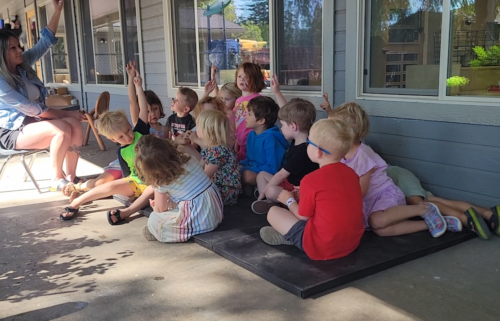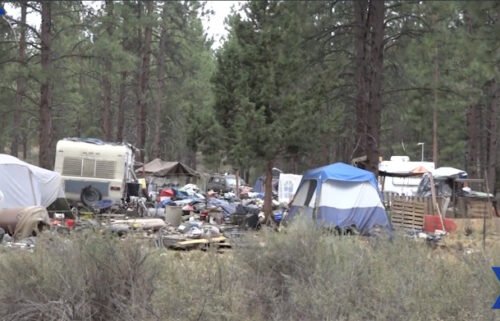C.O. warming shelters prep for major changes, challenges amid pandemic
(Update: adding video, comments from NeighborImpact)
Increased screening practices, spacing beds six feet apart among new policies
BEND, Ore. (KTVZ) -- With temperatures cooling down across Central Oregon, warming shelters are gearing up for what they expect will be very important fall and winter seasons. However, NeighborImpact told NewsChannel 21 Thursday shelters will face many challenges this year amid the coronavirus pandemic.
Molly Heiss, director of Housing & Stabilization Programs with NeighborImpact, said, "It is going to look a little different this year, but we're hoping that it's still an opportunity for people to feel warm and accepted and part of the community,” Heiss said.
The goal, she said, is simple -- and stark: "The ultimate goal is to keep people from freezing to death."
Heiss said NeighborImpact is working with Central Oregon warming shelters to come up with the best plan of action.
Ideally, each guest would have their own room, kind of like a motel. Heiss said it would cost more than $4 million to make that happen, though. NeighborImpact only has $700,00 to work with.
So the most realistic option is sticking with communal living spaces, but with several changes in place.
The Centers for Disease Control and Prevention has a few requirements for homeless service providers: Add barriers for check-in staff members when they're screening guests, add six feet of space between beds and have guests wear a mask when they are not in the shared sleeping area.
Heiss said some shelters might take it one step further, by making everyone wear the mask at all times.
"I don't know what that looks like when somebody's trying to sleep,” Heiss said. “That wouldn't be my favorite thing, and I doubt that it would be somebody else's favorite thing. But we can't have an outbreak. We have to do what we can to mitigate an outbreak."
In order to create all that space for social distancing, these shelters will have to limit how many people they can help.
In March, when the pandemic hit, Heiss said many of them cut capacity by 50 percent. She expects that number will be similar this season.
"We have to have that extra space,” she said. “It's the most inexpensive way to provide warming shelter."
Heiss said many Central Oregon shelters are still scrambling to solidify options for the upcoming season. Location and staffing issues are a common concern.
Heiss said the shelters rely heavily on volunteers, but those volunteers are typically older, and could be considered higher risk for the virus.
“It’s really unfortunate,” she said. “When you look at not having the volunteer base that we normally have, and you look at probably having less locations than not than a normal year, it’s just going to reduce our capacity which is really unfortunate.”
They hope to figure it a plan out soon, since the goal is to have their doors open in mid-November.




